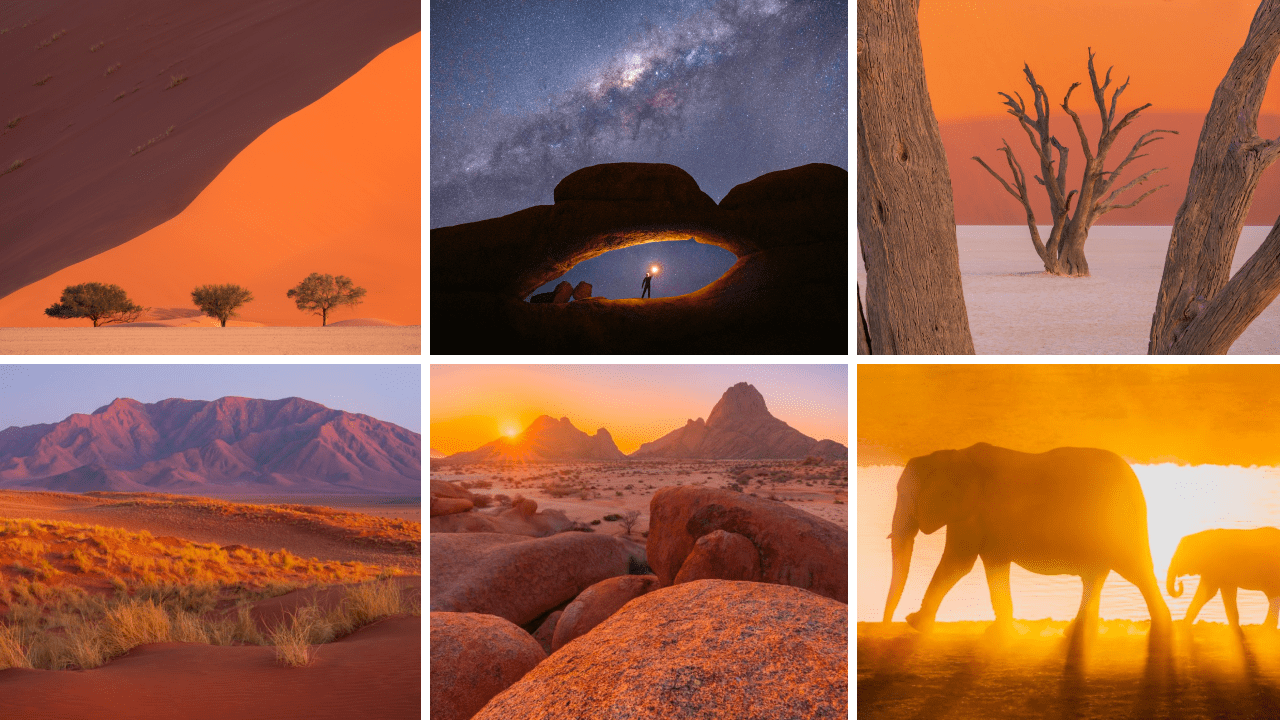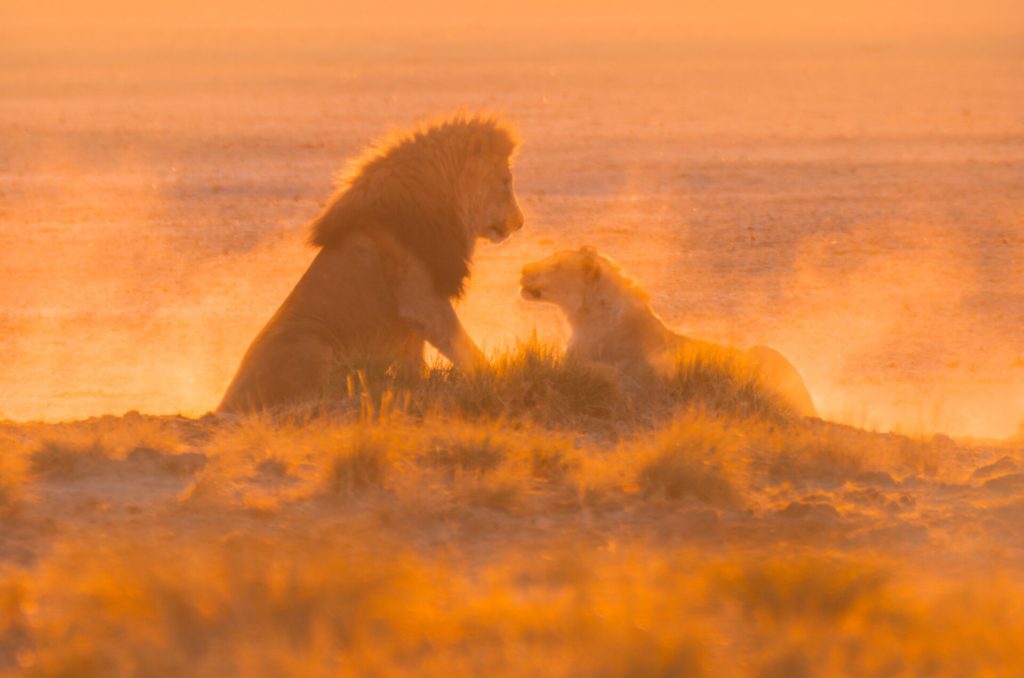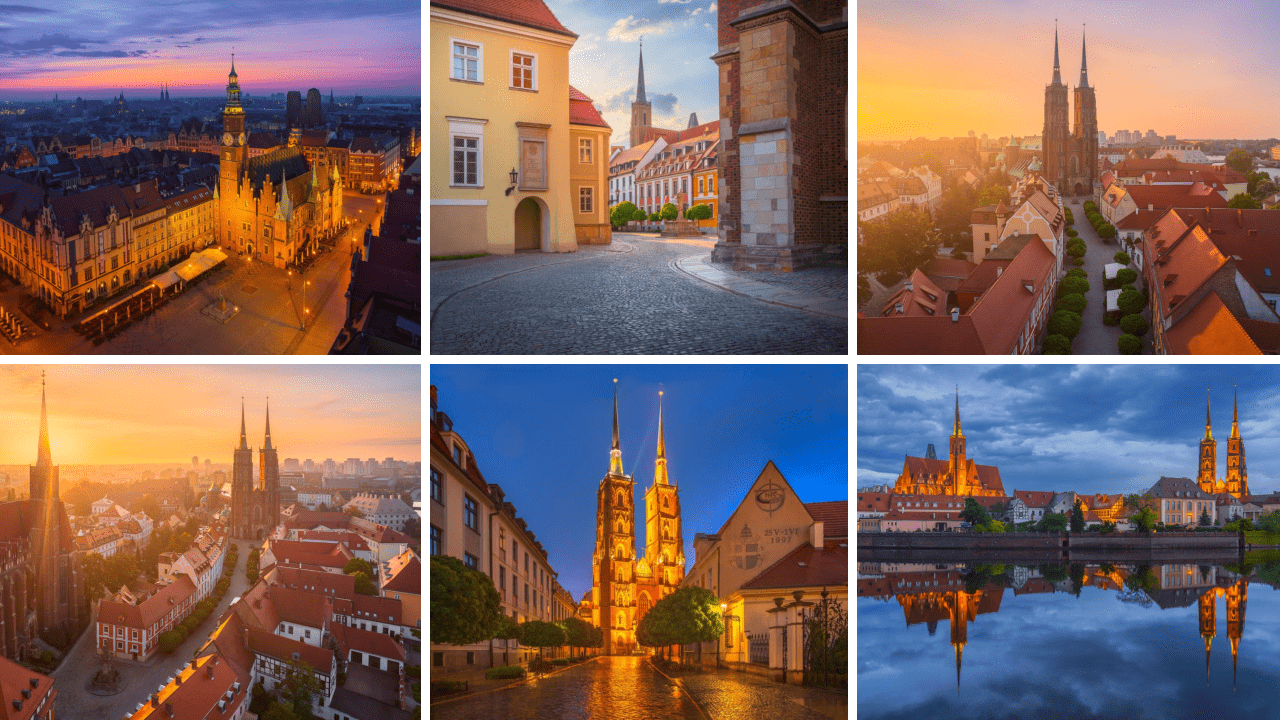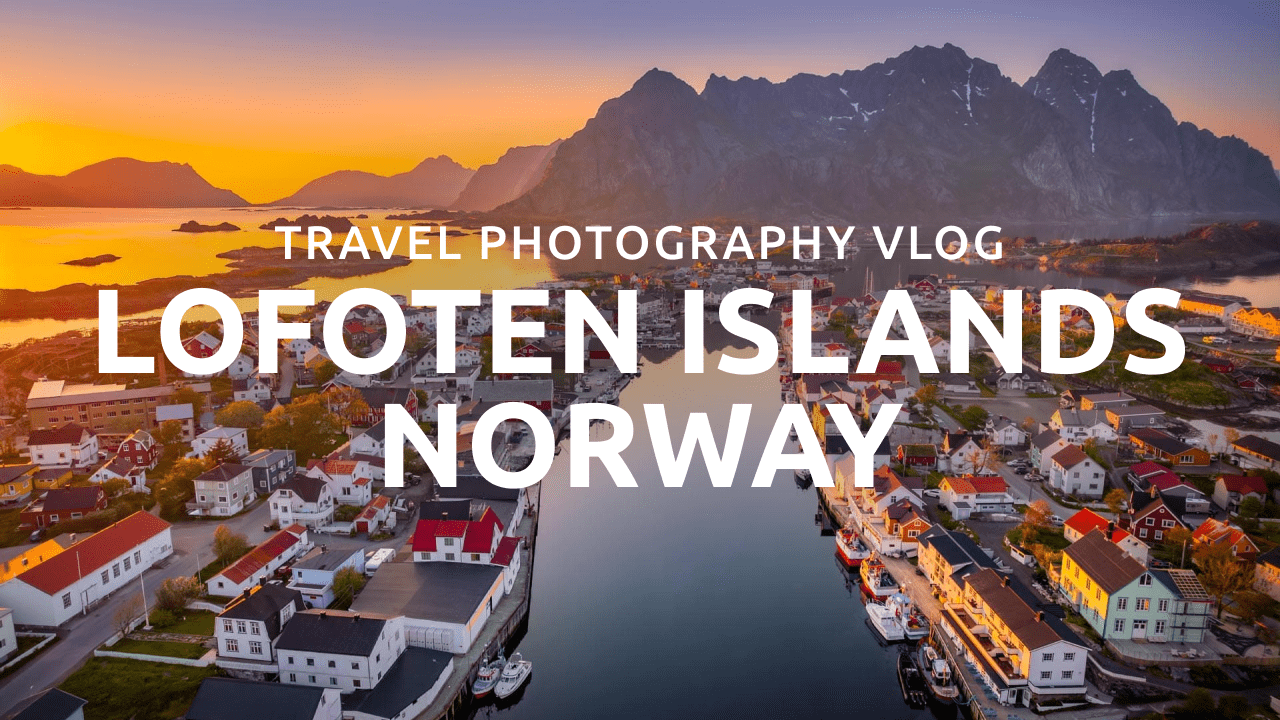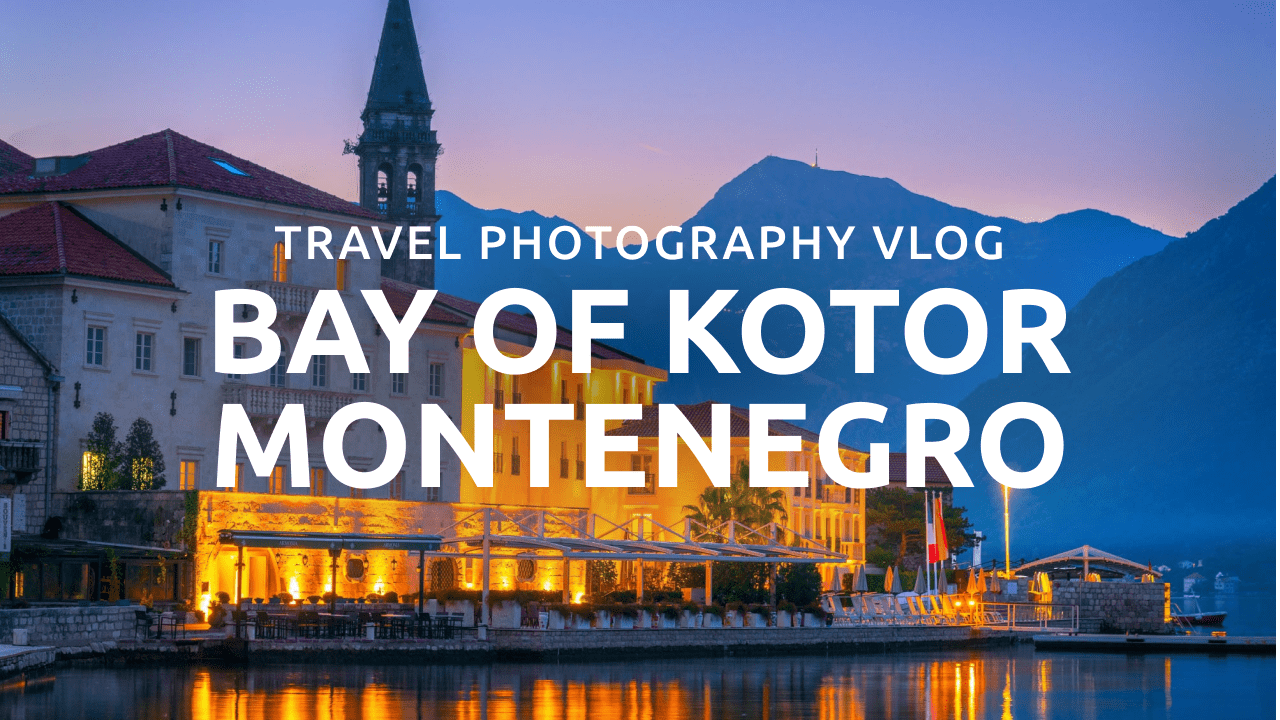Namibia is a country of vast wilderness, untouched beauty, and raw adventure.
From towering dunes and ancient canyons to rugged mountains and incredible wildlife, Namibia is great country for photography.
Over two weeks I explored Namibia with my partner and came away with some images I’m really proud of.
In this article, I’ve listed some of the locations I found were incredible for photography.
As a disclaimer, this is not a complete list of all the photo locations in Namibia. This is just my experience of two weeks exploring this country.
Youtube Vlogs
I’ve also listed the videos I created during my trip so you can see some behind-the-scenes of how I captured these images.
1) Deadvlei
Deadvlei is arguably the most well-known location in Namibia and one of the locations that inspired me to visit the country.
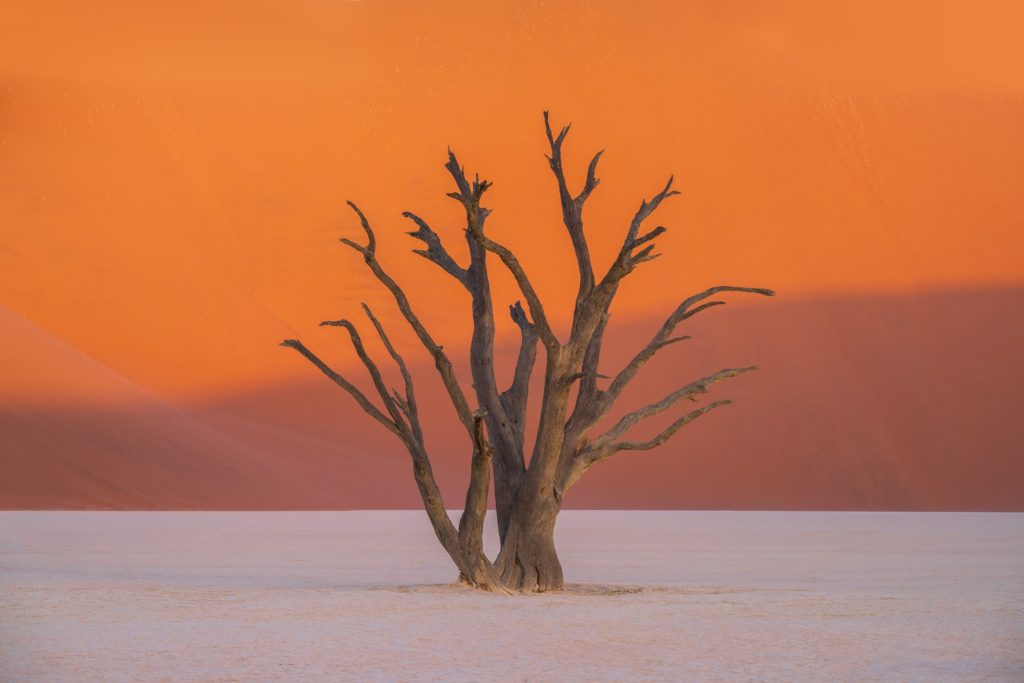
Deadvlei, meaning “dead marsh,” was once a vibrant area fed by a river, which allowed camelthorn trees to thrive over 1,000 years ago.
However, a shift in climate and the movement of sand dunes eventually blocked the river’s flow, creating the desert landscape we see today.
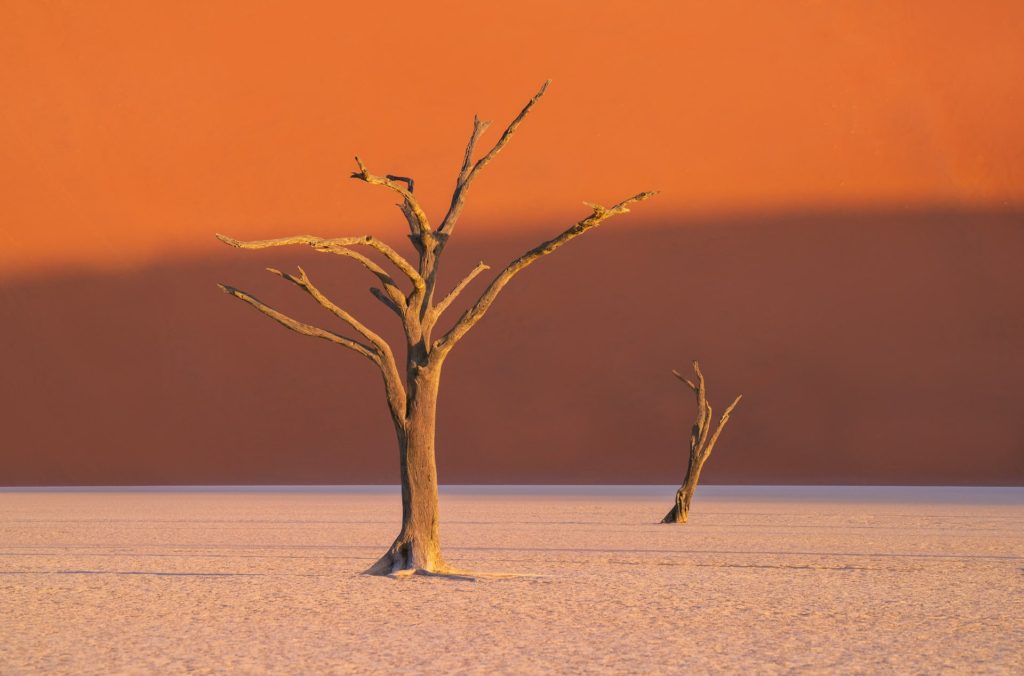
Though the trees no longer grow, the arid conditions have preserved their forms, making them a striking feature against the dry clay pan.
This remarkable transformation has made Deadvlei one of the most unique and visually captivating places in the world.
Sunset and sunrise is a beautiful time to photograph here and the soft golden light accentuates all of the beautiful colours.
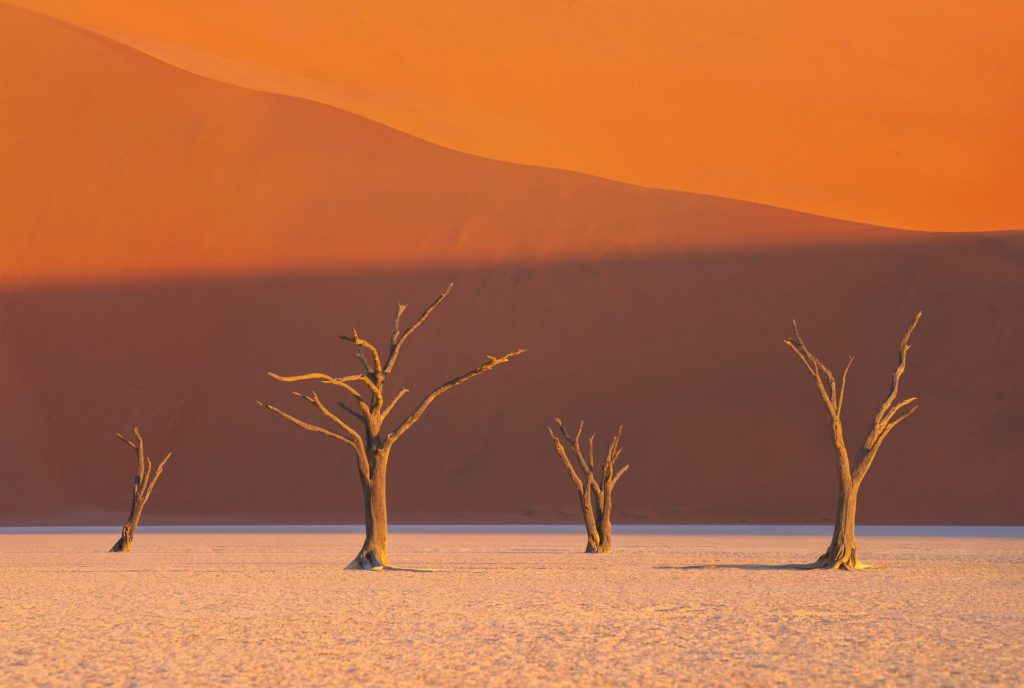
I visited at both sunset and sunrise and personally, I found sunset to be more rewarding in terms of photography. At sunset, you can get some lovely clean compositions with the last of the golden light.
2) Spitzkoppe
This is another location that inspired me to visit Namibia.
Spitzkoppe, often called the “Matterhorn of Namibia,” is a dramatic granite peak rising from the flat desert landscape, offering breathtaking scenery for photographers.
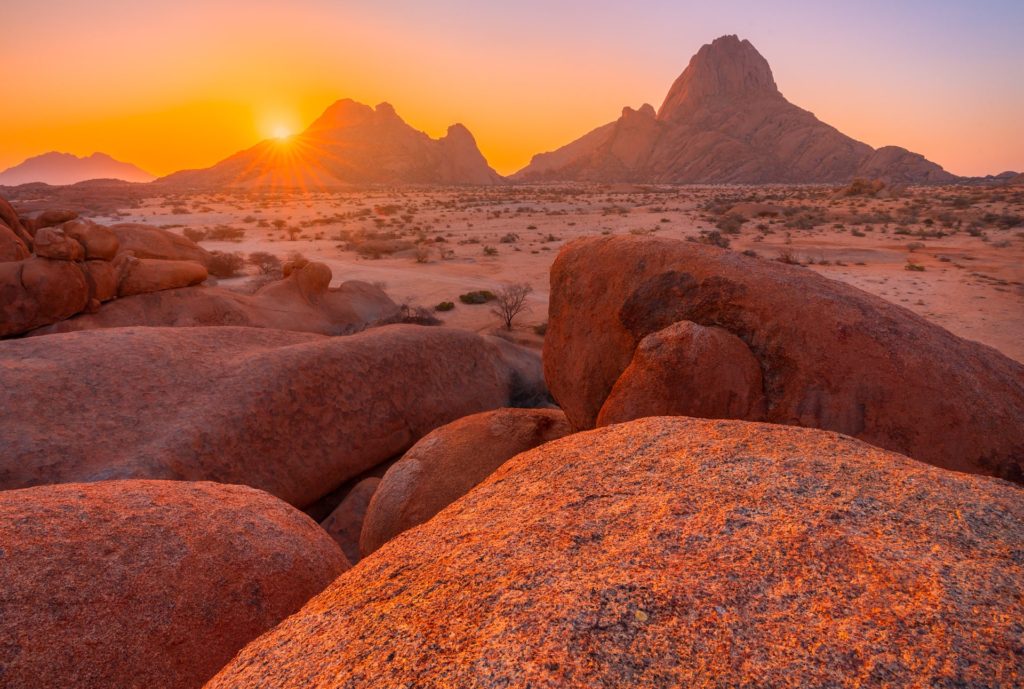
Its rugged formations, natural arches, and sweeping vistas create a surreal setting, especially during sunrise and sunset when the rocks glow in warm, vivid tones.
I love this kind of landscape and I find there are so many different angles and compositions. It is certainly worth spending some time here to explore.
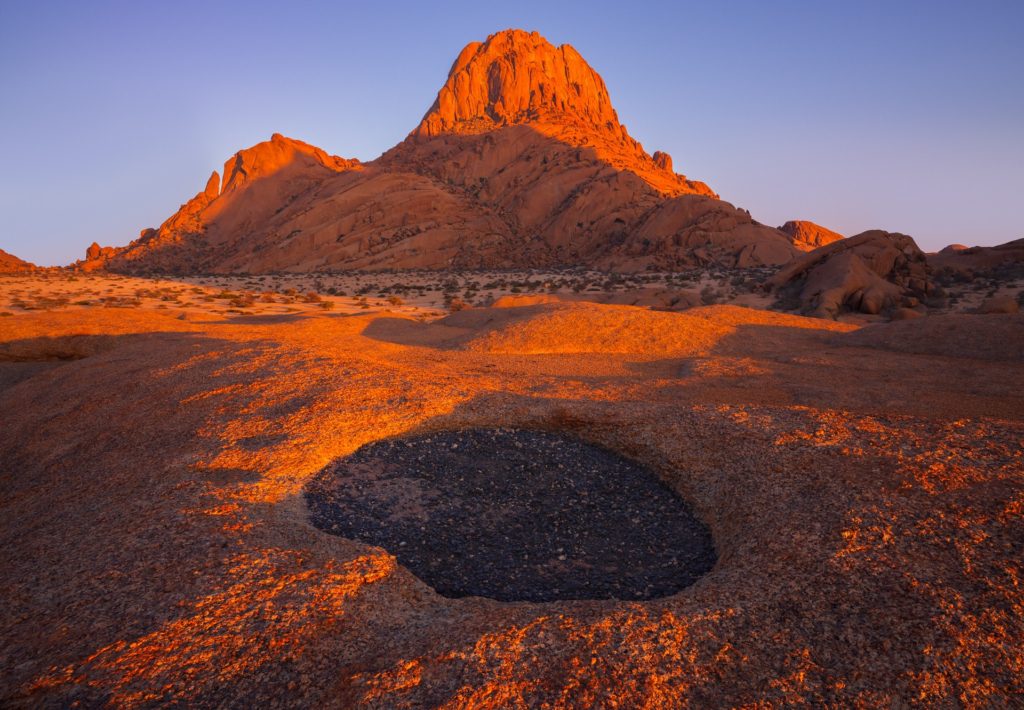
This is also a fantastic location to do some astrophotography.
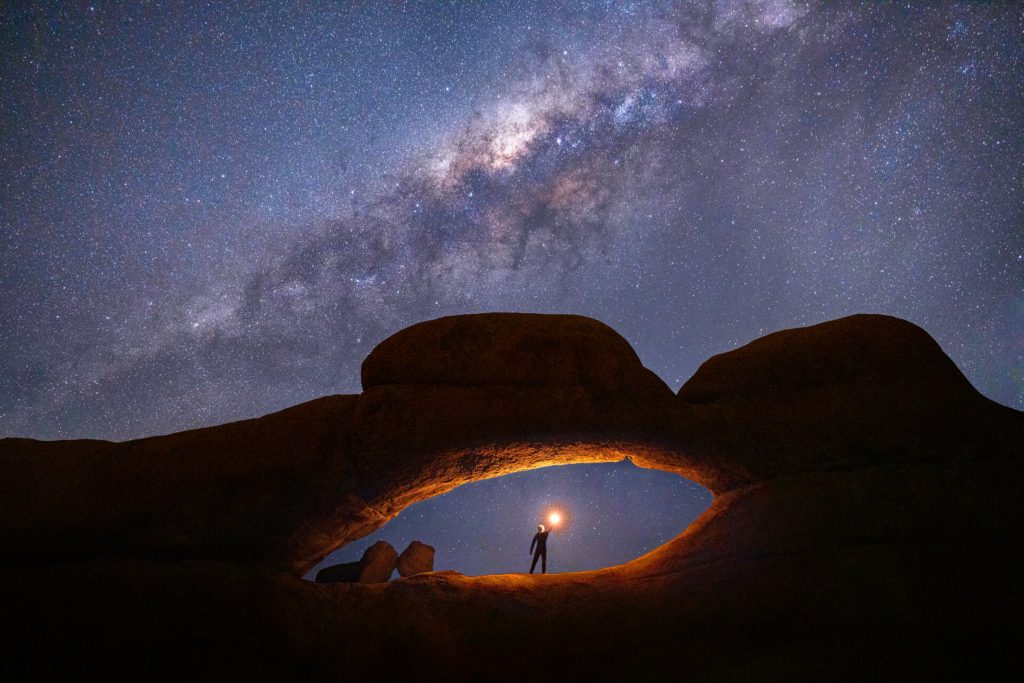
3) Sossusvlei
Close to Deadvlei is Sossusvlei which is home to some of the world’s tallest red sand dunes. It’s another iconic place for photography.
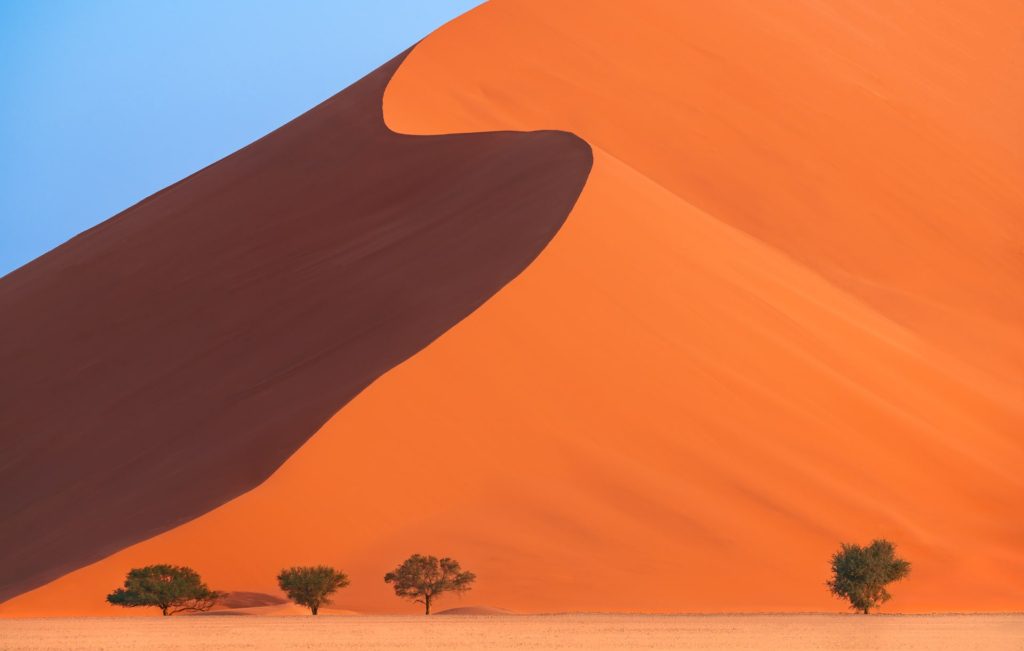
The shifting light at sunrise and sunset casts dramatic shadows across the dunes, making it an unforgettable experience.
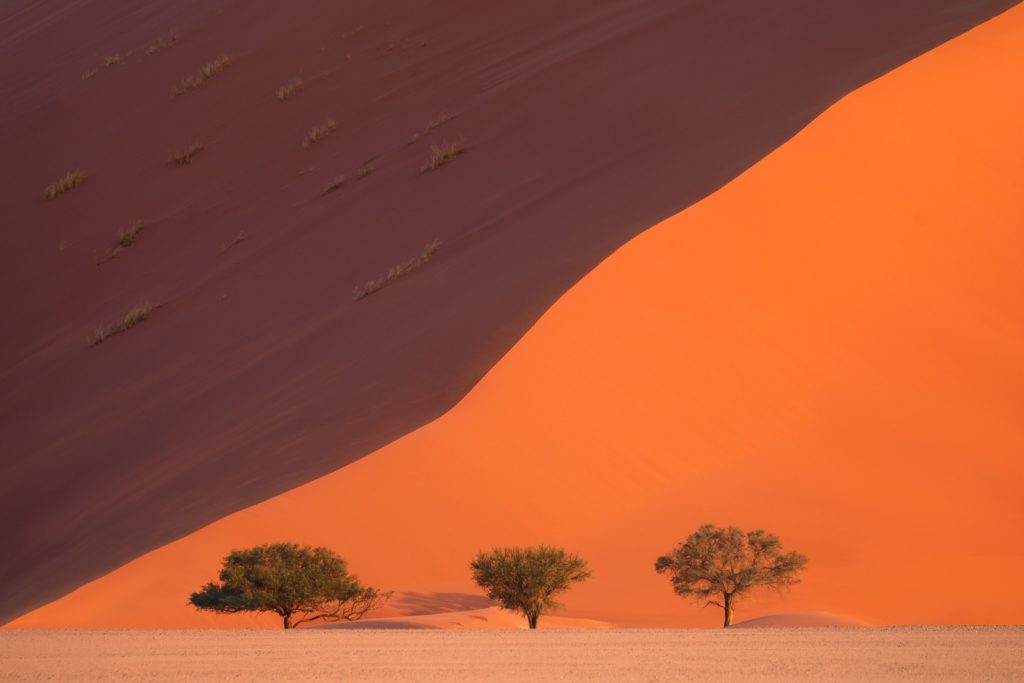
From the roadside, there are so many great locations to photograph. I highly recommend having a long lens here as many of the dunes are quite far in the distance, from the roadside.
4) NamibRand Nature Reserve
NamibRand Nature Reserve offers vast, open landscapes with rolling red dunes, golden grass plains, and rugged mountain backdrops.
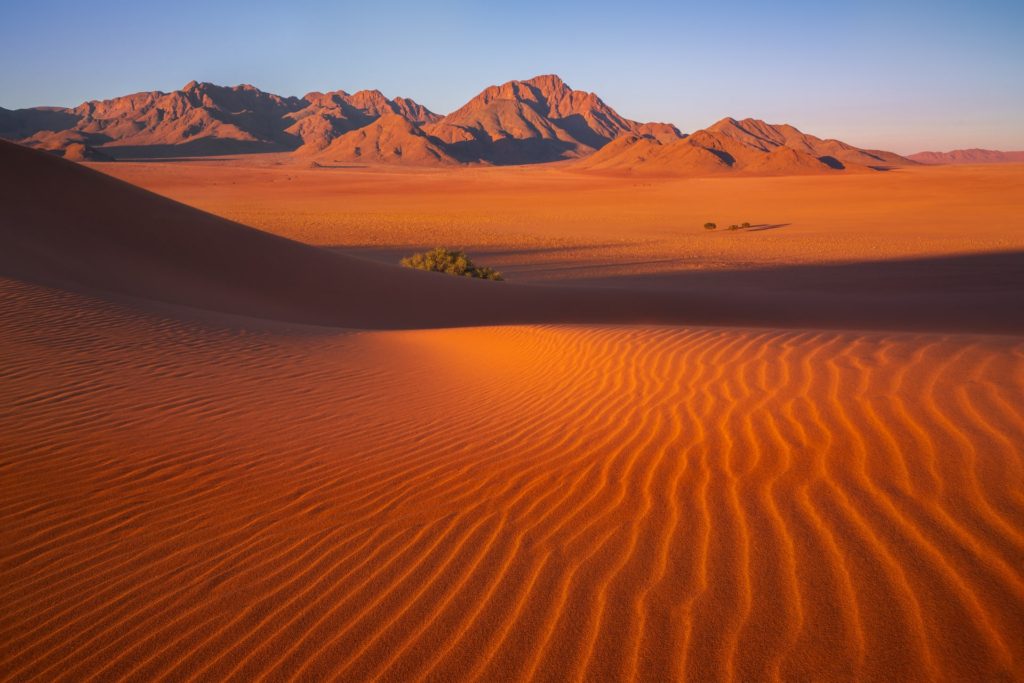
This location provides an opportunity to capture painterly and surreal desert scenes.
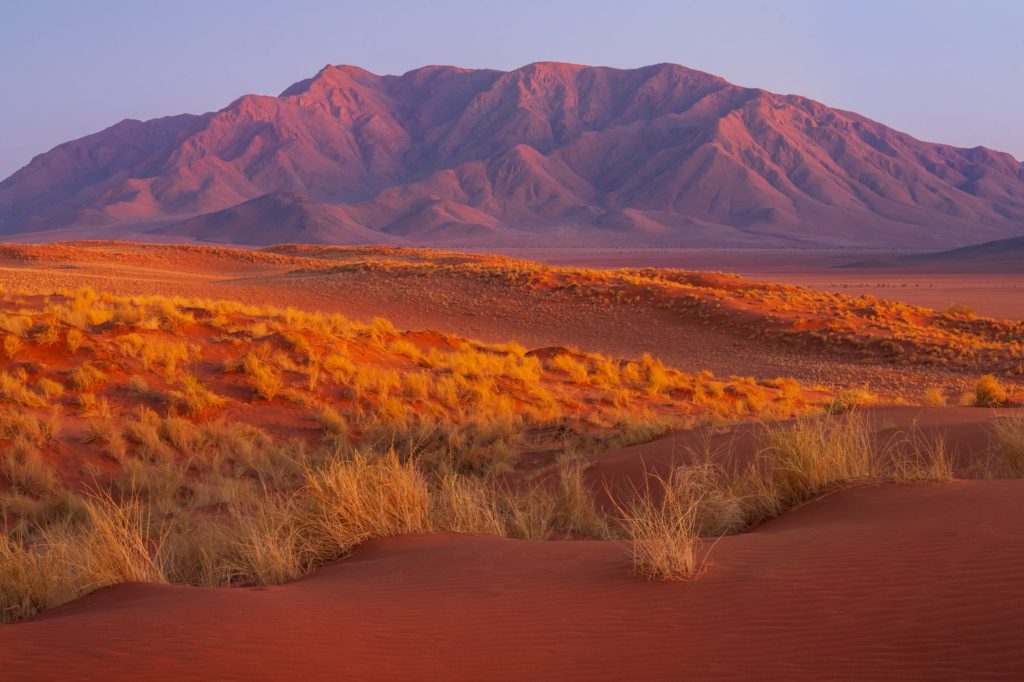
Many of the accommodation options in this area are very expensive but we found a beautiful and secluded campsite right on the edge of the reserve.
5) Etosha National Park
6) Quiver Tree Forest
This is not necessarily a specific location, but rather an interesting subject to photograph.
Strictly speaking, the quiver tree is not a tree but a type of aloe, found across southern Namibia and South Africa.
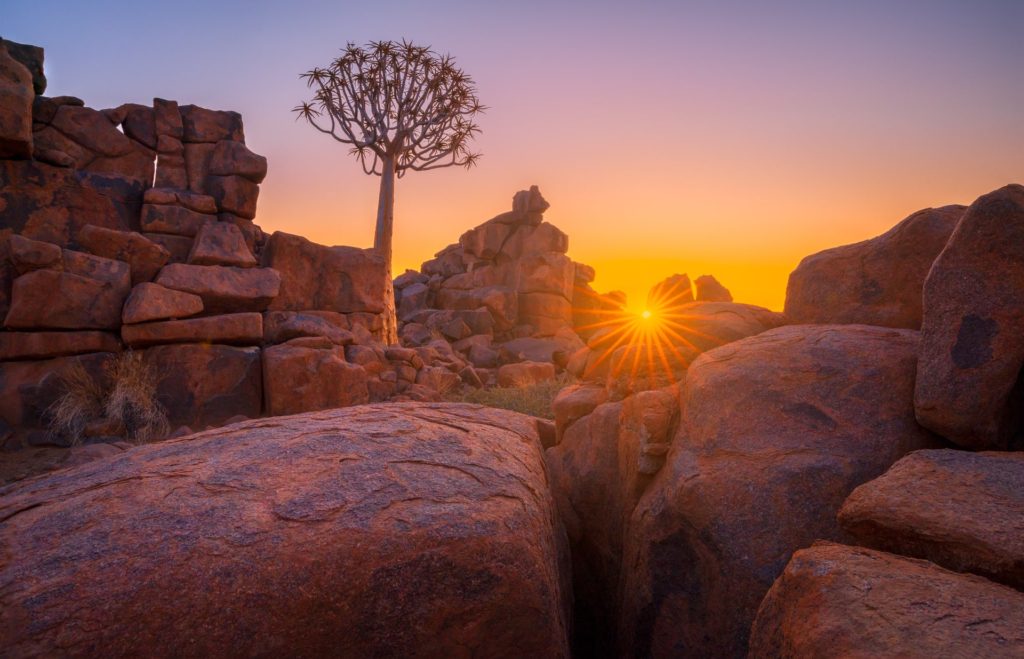
Known for their thick, water-storing trunks and spiky Y-shaped branches, quiver trees can grow up to 9 meters tall and live for over 300 years.
This iconic plant is a prominent feature of the dry landscape, and its name comes from its cultural significance; the indigenous San people once used the hollow branches to make quivers for arrows.
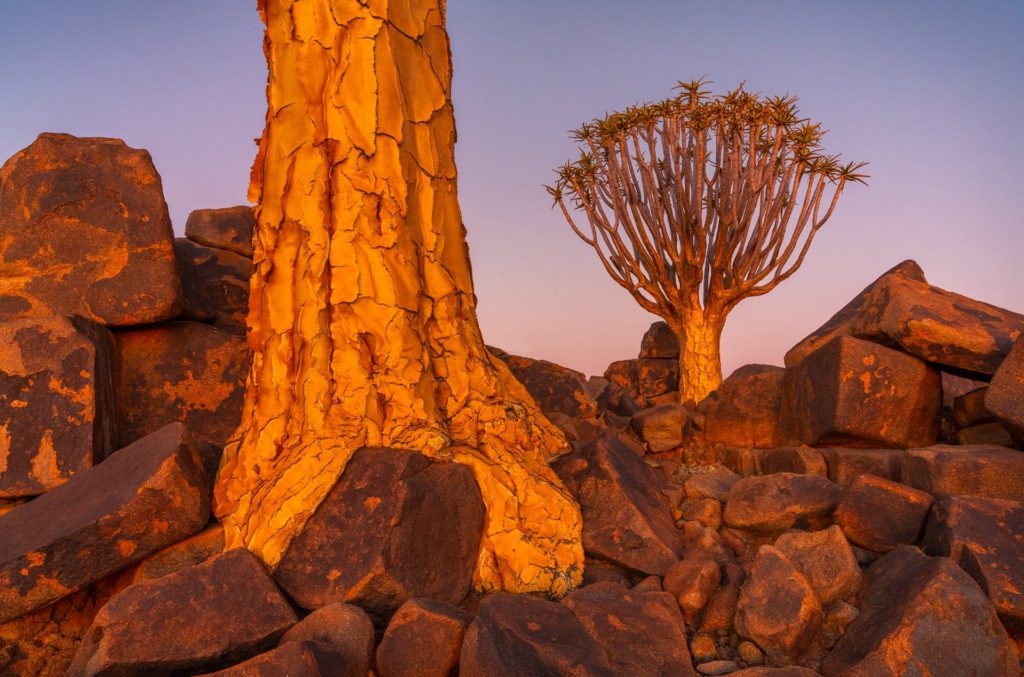
A lot of people stay at the nearby Quiver Tree Forest Rest Camp (we did for one night) but I highly recommend staying at the Mesosaurus Fossil Camp. I found this was a better location to photograph as there’s more area to explore.
The quiver tree is also a great subject for some astrophotography.
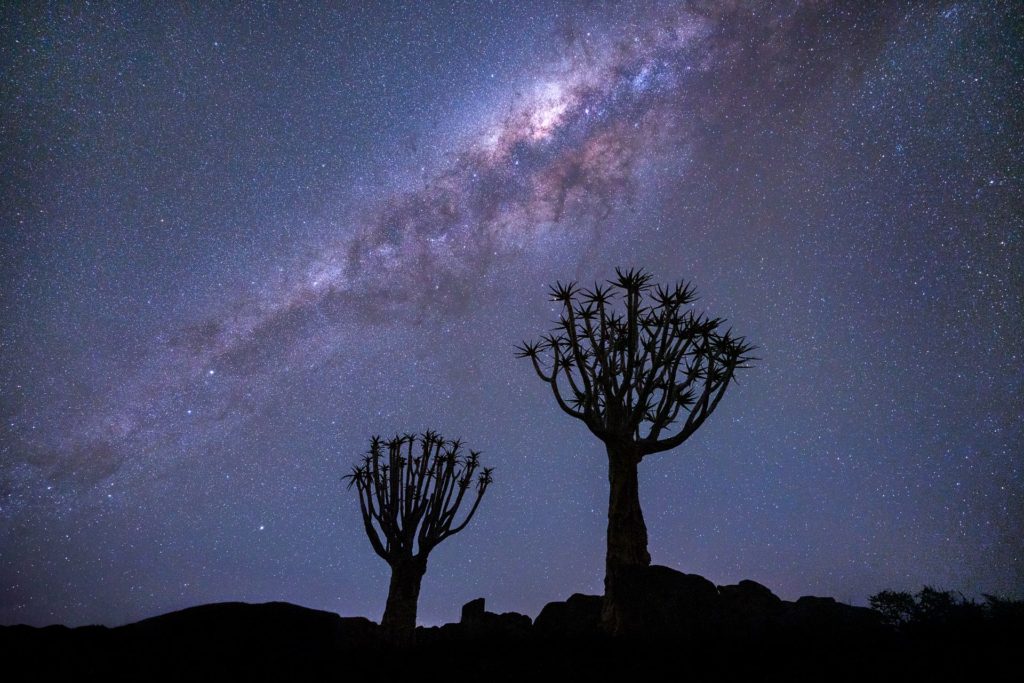
Thank You
Thanks for viewing. I hope you found this article helpful and inspired you on your adventure to Namibia. Feel free to comment on this article or drop me a message on social media if you have any further questions.
As I mentioned in the opening part of the article, there is a lot more to photograph in Namibia and this is simply my personal experience.
I hope to return to Namibia one day!

